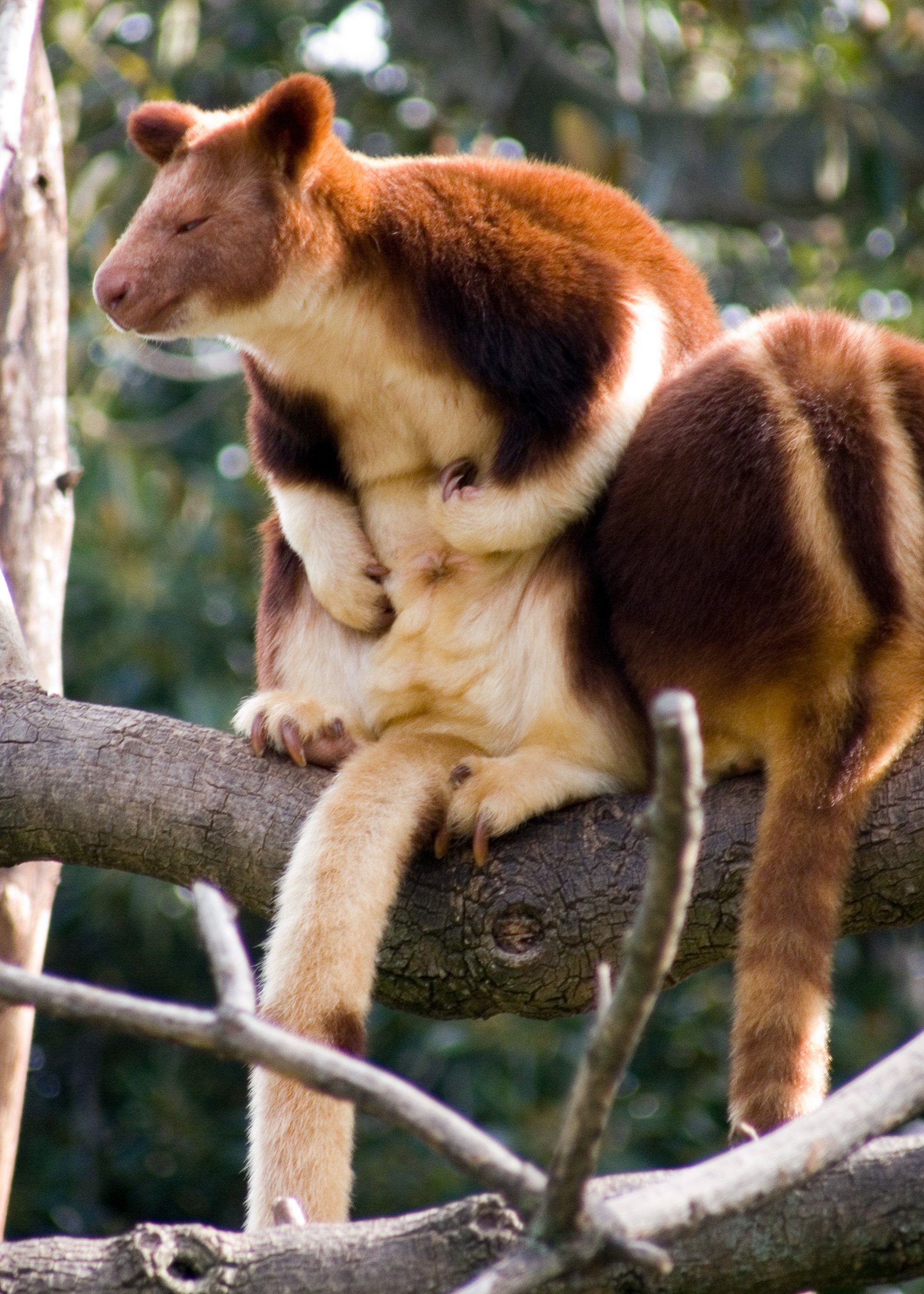Thirteen countries are planning to meet to discuss improving tiger populations worldwide. The meeting will take place in Bali, Indonesia, scheduled for September 15-18, 2010. The Bali Tiger Forum has been constructed to plan the global summit, which will focus on how to double the tiger population by 2022. In addition to the thirteen senior government officials, the summit will also be attended by tiger experts and NGOs.
Tigers are the largest of the big cat species, weighing in at over 600 pounds for some males. There are nine tiger subspecies in the world today, dwelling throughout Asia, with three known species that have become extinct. Almost half of all tigers in the wild are Bengal tigers, as are most in captivity. Another subspecies, the South China Tiger is the most critically endangered of the tigers, being considered one of the ten most endangered animals in the world. All tigers are strong swimmers, and have recently been found to even do some hunting from water. They are almost exclusively carnivores, hunting animals as small as fish, and as large as buffalo, who commonly weigh six times more than the tiger. Interestingly, their distinctive striped pattern is not just on their fur, but can be found on the tiger's skin, visible even if shaved. The stripes appear to be useful in camouflaging the animal among shadows of tree branches and grasses.
Wild tigers are becoming incredibly endangered. While an estimated 12,000 tigers are kept as pets in the USA alone, only between 3,000 and 5,000 adult tigers exist in the wild, globally. Poaching of tigers, for their beautiful fur and for use of their body parts as part of traditional medicine, is one of the main causes of the population decline, alongside habitat degradation. Conservationists hope to increase penalties against poachers and those who illegally farm tigers for their parts. It is hoped that the large captive population of tigers can one day be reintroduced into the wild.







